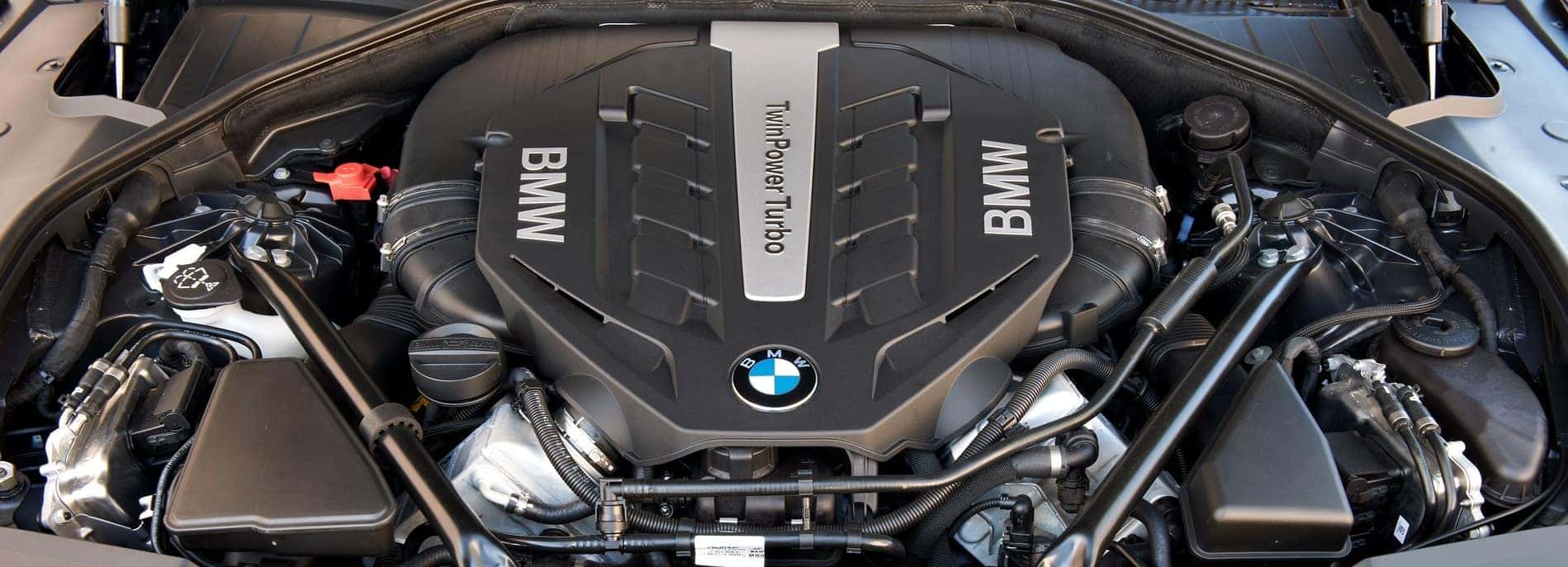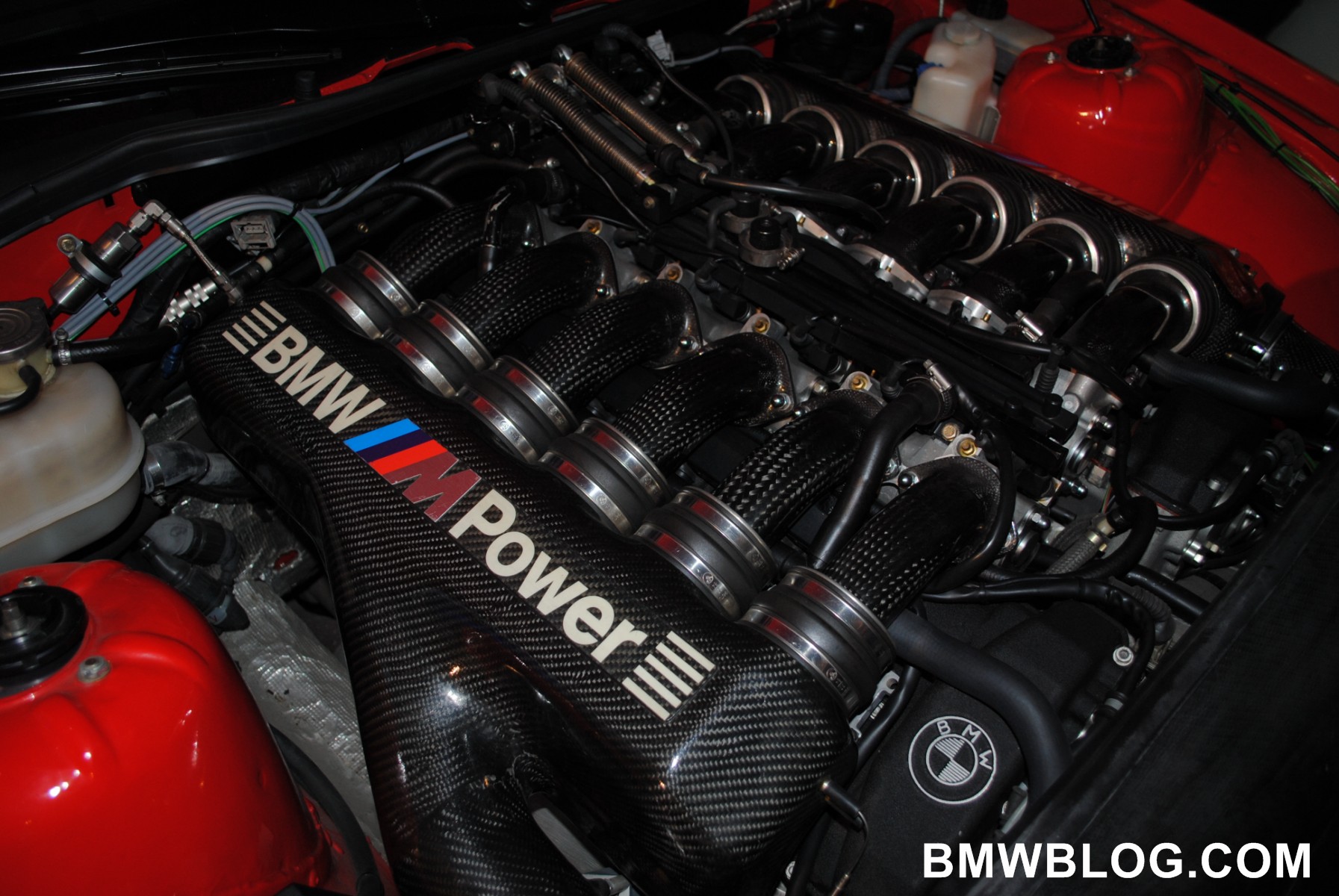Discovering the Efficiency Enhancements of the Latest BMW Engine Models
Discovering the Efficiency Enhancements of the Latest BMW Engine Models
Blog Article
Discovering the Advancement of Burning Engines in Modern Transport Systems
As we navigate the landscape of modern transportation, the evolution of combustion engines stands as a testimony to human resourcefulness and design expertise. From their simple starts to the innovative giants thrusting lorries today, burning engines have actually gone through an exceptional journey of advancement and adaptation. Understanding the complexities of this evolution not only clarifies the past yet additionally leads the way for envisioning what exists in advance in the realm of transportation innovation. The interplay of background, technology, and environmental worries in shaping the trajectory of combustion engines creates a narrative that is both engaging and informative.
Very Early Beginnings of Combustion Engines
Just how did the concept of combustion engines initial emerge in the early phases of transport development? The origins of burning engines can be mapped back to the 17th century when the principles of interior burning were first checked out.
The advancement minute included the creation of the first successful gasoline-powered engine by Karl Benz in 1885 - bmw engine. This engine led the way for the growth of the modern vehicle, changing transport systems worldwide. Succeeding developments by Nikolaus Otto and Gottlieb Daimler better improved burning engine innovation, leading to the mass production of cars and the quick expansion of the transportation industry
These early combustion engines were characterized by their simpleness and performance, laying the structure for the complex and powerful engines used in modern-day transport systems. The advancement of burning engines has actually been critical in shaping the way we travel and transfer items, marking a considerable milestone in the history of transportation advancement.
Change to Internal Burning Innovation
The shift to interior combustion modern technology noted an essential shift in the evolution of transport systems. This shift began in the late 19th century, with developers like Nikolaus Otto and Gottlieb Daimler establishing the very first successful inner burning engines. These engines transformed transport by using a much more efficient and effective option to heavy steam engines and electric motors.
Among the essential benefits of interior burning engines was their capability to be scaled down to suit cars, bring about the advancement of bikes and vehicles. This change from large, fixed engines to small, mobile ones led the method for the modern-day transportation systems we see today.
The change to internal burning technology additionally spurred innovations in fuel innovation, leading to the advancement of fuel and diesel as primary gas sources for lorries. This shift not just made transport much more obtainable to the masses but additionally laid the structure for the oil and gas industry to end up being integral to worldwide economic climates.
Influence of Combustion Engines on Transport
The adoption of combustion engines in transport systems catalyzed a profound change in the performance and speed of global flexibility. Combustion engines transformed transport by giving a functional and reliable source of power for different automobiles, consisting of automobiles, vehicles, airplanes, and ships. This innovation substantially boosted the ability for individuals and items to conform cross countries in much shorter period, causing boosted connection in between regions and nations.
Additionally, the extensive use combustion engines has had a considerable effect on economic growth. The capacity to move items successfully has actually spurred trade and business, permitting organizations to increase their markets and reach customers worldwide. This has promoted financial development and globalization, as products can now be transported much faster and in bigger quantities than ever.
However, the environmental impact of combustion engines can not be forgotten. The burning of fossil fuels has brought about air contamination and greenhouse gas emissions, adding to environment modification and posing health and wellness risks to populations. bmw engine. Because of this, there is a growing focus on establishing alternate propulsion modern technologies to alleviate these unfavorable effects and develop a much more lasting future for transport
Developments in Burning Engine Style
Numerous innovations in combustion engine layout have thrust the development of transportation systems over the years. One notable technology is the development of turbocharged engines, which make use of exhaust gases to drive a wind turbine that presses incoming air, permitting more gas to be burned, leading to raised power outcome without a substantial increase in engine dimension. Additionally, direct shot modern technology has boosted fuel efficiency and performance by precisely regulating the amount and timing of fuel injected into the burning chamber. Variable valve timing systems have likewise revolutionized engine style by optimizing air flow at various engine rates, enhancing both power and effectiveness. An additional significant improvement is the assimilation of light-weight materials such as carbon fiber and light weight aluminum alloys, reducing general engine weight and enhancing visit the website lorry gas economic climate. In addition, advancements in computer-aided style have allowed designers to enhance engine efficiency and performance through simulations before physical prototypes are built, saving time and resources in the advancement procedure. These technologies jointly add to the continual renovation Get the facts of burning engines in modern-day transport systems.
Future Trends in Burning Engine Advancement
With innovation advancements driving continual advancement, the future of combustion engine growth is poised to revolutionize transport systems internationally. One of the key fads in combustion engine growth is the push towards higher efficiency and lowered discharges. Manufacturers are spending heavily in study and development to boost engine performance while fulfilling rigid environmental guidelines. This includes the combination of advanced fuel shot systems, improved turbocharging approaches, and making use of light-weight materials to enhance gas usage and lower carbon discharges.
Another famous trend is the adoption of crossbreed modern technologies in combustion engines. Hybrid engines integrate typical burning technology with electric power, using boosted gas efficiency and lower discharges. As the vehicle sector shifts towards electrification, hybrid combustion engines are seen as a transitional option that links the void in between conventional cars and completely electric ones.
Additionally, the combination of clever modern technologies, such as artificial intelligence and data analytics, is expected to play a significant role in the future of combustion engine development. These technologies can optimize engine performance in real-time, leading to much more efficient combustion processes additional hints and enhanced overall vehicle efficiency. Welcoming these future fads will certainly not only drive development in combustion engine development but also add to an extra lasting and eco pleasant transport environment.

Conclusion
Finally, the development of burning engines in contemporary transport systems has been marked by considerable developments in innovation and layout. From the early beginnings of burning engines to the shift to inner burning modern technology, these engines have actually had an extensive effect on transport. Advancements in burning engine style remain to drive progress in this area, with future fads concentrating on additional enhancing efficiency and reducing emissions. The future of burning engines in transport looks promising as r & d initiatives remain to push boundaries.
The roots of burning engines can be traced back to the 17th century when the concepts of interior combustion were very first explored. These engines revolutionized transport by using a more reliable and powerful choice to steam engines and electrical motors.

Report this page